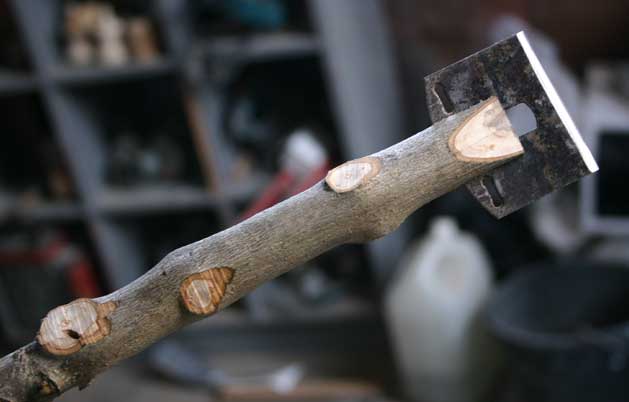Phil Sewell
Established Member
Given that the general consensus on the forum is that ply moves and therefore shouldn't be glued into panel grooves I thought it would be worth seeing exactly how much it does move in extreme circumstances (my belief being that it's movement is neglible and therefore it's ok to use glue if required).
Very unscientific but I cut 2 bits of 9mm ply and mdf 300mm x 100mm. I left an mdf pce and a ply pce in the freezer for 12 hours.They both stayed at 300mm.
I hung the other 2 pces a couple of inches above my woodburning stove last night for 4 hours. The ply reduced in length by 0.75mm, the mdf reduced by 1.0mm.
Obviously normal household conditions are no where near as extreme as this and the fact that the ply has moved a very small amount over the stove means I think that ply (and mdf) will hardly move at all in normal situations. Not to forget that there will also be some finish applied (i.e paint, lacquer etc) which will further restrict the movement of moisture. To conclude, in my humble, do the glue if you want to!
So what d'ya think about that matron, controversial eh!
I await the barage of critism , it's all good fun!
Phil.
Very unscientific but I cut 2 bits of 9mm ply and mdf 300mm x 100mm. I left an mdf pce and a ply pce in the freezer for 12 hours.They both stayed at 300mm.
I hung the other 2 pces a couple of inches above my woodburning stove last night for 4 hours. The ply reduced in length by 0.75mm, the mdf reduced by 1.0mm.
Obviously normal household conditions are no where near as extreme as this and the fact that the ply has moved a very small amount over the stove means I think that ply (and mdf) will hardly move at all in normal situations. Not to forget that there will also be some finish applied (i.e paint, lacquer etc) which will further restrict the movement of moisture. To conclude, in my humble, do the glue if you want to!
So what d'ya think about that matron, controversial eh!
I await the barage of critism , it's all good fun!
Phil.





